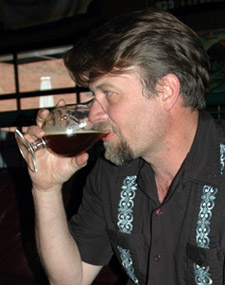 Don Younger is going to stop by. Will you?
Don Younger is going to stop by. Will you?
Granted, Younger – the venerable Portland, Oregon, publican who founded the Horse Brass Pub in 1976 – has his own stool at Falling Rock Tap House in Denver, but he seldom uses it in June.
He’ll be in Denver this week because Falling Rock celebrates its 10th anniversary.
The circumstances will be grander than when the multi-tap (69-75 tap handles operating, depending on the day, and “No Crap on Tap”) opened June 9, 1997. Chris Black (above), one of three founding brothers, didn’t realize that many of the distributors would deliver beer warm, so the bar was open for about four hours that day, then closed to organize and cool beer for the next day.
Black has different special beers planned for each days the celebration, and Belvedere Belgian Chocolate Shop is creating different chocolates to go with each beer. The first 50 customers each evening get a bar with a label that list the participating brewery as well as how many days the Falling Rock has been open.
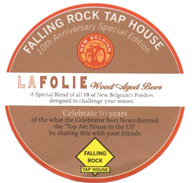 The beers are all locally brewed, and Black helped in production of several. For instance, Saturday he’ll be pouring a batch of La Foile he helped blend. New Belgium Brewing typically uses beer from two or three of its 10 foders (four 60- and six 130-hectoliter wood tuns) for a La Foile release. Black sat down with Eric Salazar of New Belgium to taste samples from all 10 tuns, and together they came up with a special batch.
The beers are all locally brewed, and Black helped in production of several. For instance, Saturday he’ll be pouring a batch of La Foile he helped blend. New Belgium Brewing typically uses beer from two or three of its 10 foders (four 60- and six 130-hectoliter wood tuns) for a La Foile release. Black sat down with Eric Salazar of New Belgium to taste samples from all 10 tuns, and together they came up with a special batch.
The party kicks off the day before with Mr. Hoppy, made by Twisted Pine Brewing in Boulder. Gordon Knight founded Twisted Pine, where he brewed on New Belgium’s original five-hectoliter brewhouse. He later sold the company, but eventually was reunited with the brewing system when he started the Wolf Tongue Brewery in Nederland. That’s where he created Mr. Hoppy, a beer that Jim Parker (then the Wolf Tongue GM) called “hop water.”
There are a lot of reasons to post this at Appellation Beer (as opposed to Beer Travelers), but the best might be to remember Knight. He epitomized what I want to write about.
Knight was a Nebraska native who earned a Purple Heart as an Army helicopter pilot in Vietnam. He moved to Boulder in 1988, and soon turned from homebrewing to professional brewing. He also worked as a professional helicopter pilot, most often in fire fighting. He died in 2002 when his helicopter crashed while he was fighting a fire near Rocky Mountain National Park in Colorado.
Reflecting on Knight’s life, brewer Brian Lutz said: “Gordon didn’t have jobs, Gordon had passions. Gordon’s job was his passion and visa versa. That’s a good way to live and I thank him for challenging me to do the same.”
Let’s hope a few Coloradoans with good memories raise a glass of Mr. Hoppy in his memory on Friday.
Just a few of the others beers:
– Great Divide’s Hades (strong, golden and Belgian) makes its official debut on Sunday.
– Black Triple 6’s from Wynkoop on June 12. This is a variation on a beer brewed 6/6/06 by Wynkoop, which Chris helped make this time. Brewed in the manner of a Belgian tripel but with coffee in the recipe.
– Chris brewed a batch of Odell Double IPA with Doug Odell on the brewery’s five-barrel pilot system for June 15. The recipe includes a new high alpha (18.8 AA) hop called Apollo.
– June 16, Avery Salvation (a Belgian strong golden) aged since September in Eagle Rare Bourbon barrels.
The celebration runs through June 17. Then we can start resting up for the 20th anniversary of San Francisco’s Toronado in August.
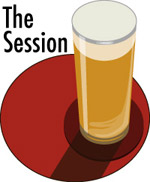
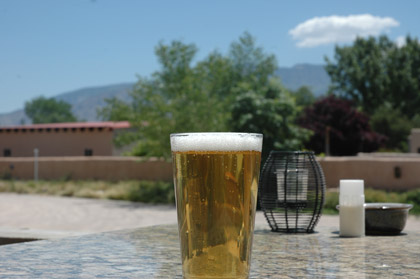
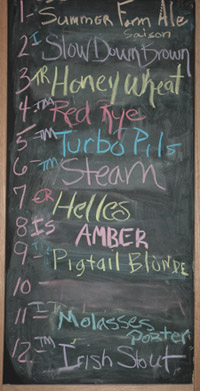 When we started
When we started 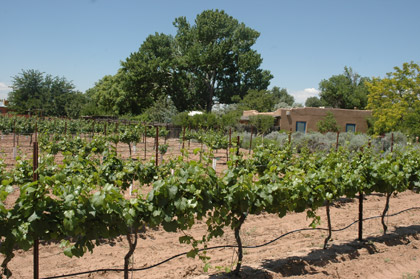
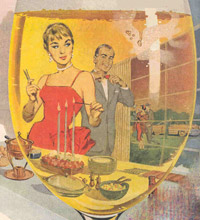 Here’s a multiple choice question:
Here’s a multiple choice question: Flying Dog Ales – which has more happening on the Internet than any other brewery I know of – has launched its own
Flying Dog Ales – which has more happening on the Internet than any other brewery I know of – has launched its own